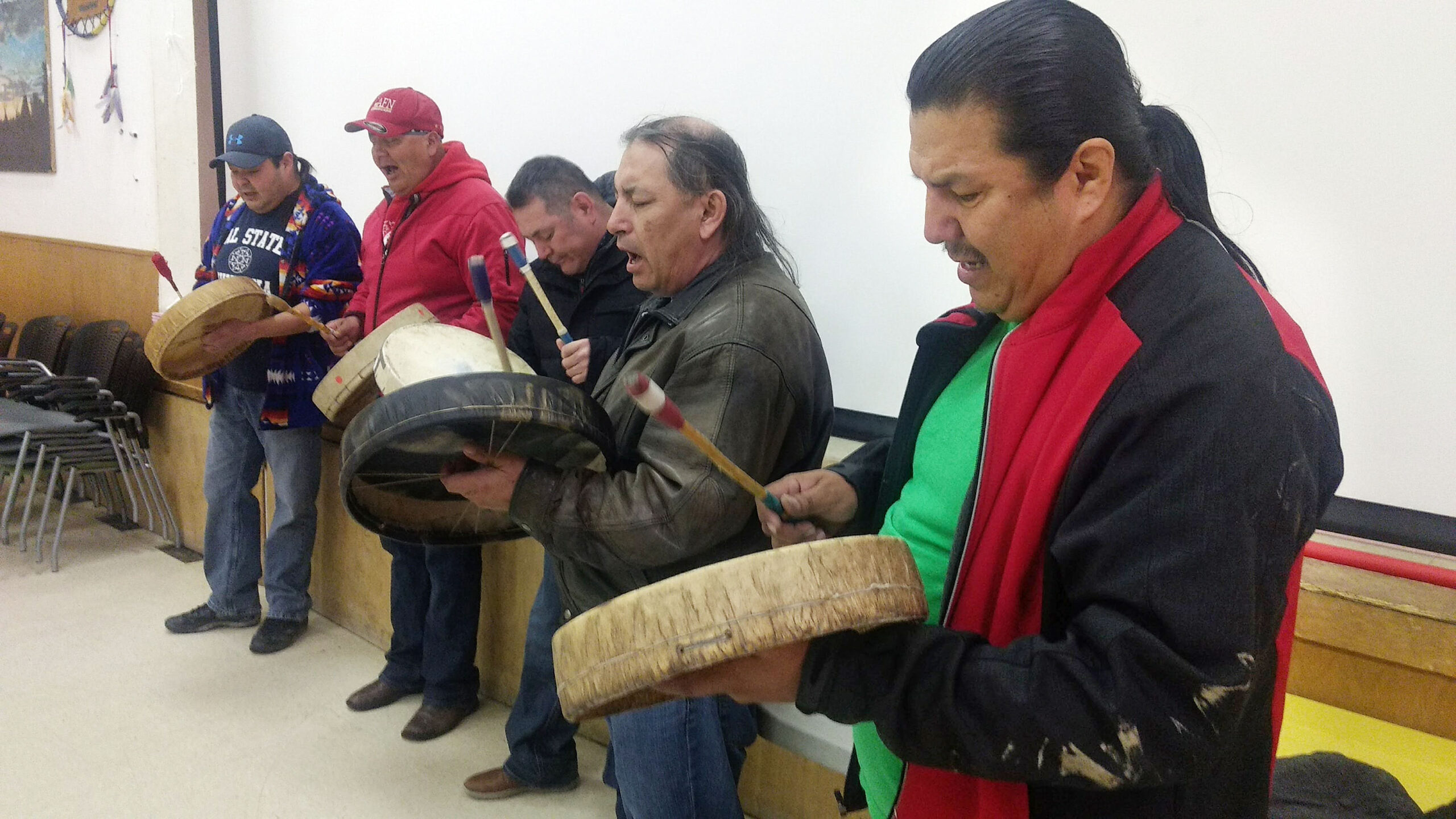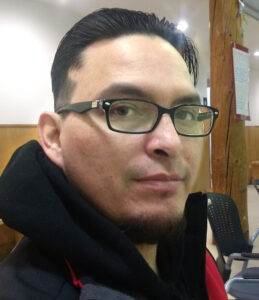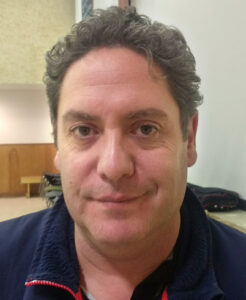A recovering opioid addict, Raymond Alexis remembers the dangerous path he took.

It started with tobacco at age 13, and then progressed to morphine, crystal meth, and later opioids such as OxyContin, a medication prescribed for pain. His descent into addiction eventually robbed him of his job, his relationship, and ultimately the parental rights to his four children, who were placed in the custody of Alberta Child and Family Services. He even began to consider suicide.
But Alexis turned his life around. He has been drug-free for more than two years. He has his children back in his life. And his struggle has been recognized with awards by the province and his home community, the Alexis Nakota Sioux Nation, northwest of Edmonton. He credits his hard-fought sobriety to a drug treatment program, combined with spiritual healing through his commitment to Waka, the Nakota Sioux name for the Creator.
“I asked Him for guidance, and I promised Him, ‘I’ll stay away from this stuff. Get me through this day.’
It’s the first time I ever prayed like that and asked for something like that from the Creator,” said Alexis, now 33.
He shared his experiences of addiction and recovery at a March 22nd Community Conference on Trauma and Opioid Crisis, sponsored by the Alexis Community Wellness Centre.

The Alexis Nakota Sioux Nation, home to about 2,000 people, has struggled with addictions for decades. Donovan Alexis, Raymond’s brother and a councillor in the First Nation’s government, says opioid and other drug addictions have affected more than 100 of his people. Many self-medicate to deal with years of traumatic experiences, including colonialism and abuse in residential schools.

Josh Alexis said it’s important to recognize those traumas in helping addicts recover.
“You’ve got to be careful and mindful and compassionate for them, which is encompassing of your spirituality and humility.”
While it’s difficult to identify one particular cause, Raymond Alexis explains that time crawls by for young people on the four reserves that form the Alexis First Nation.
“There’s nothing to do around here. There’s absolutely nothing. It just takes one person to have drugs to get all of his friends hooked; that’s how it is around here.”
First Nations people in Alberta are disproportionately affected by opioid addiction, according to a joint study by Alberta Health and the Alberta First Nations Information Governance Centre.
According to AHS, apparent opioid-related overdoses were three times higher among First Nations people compared with non-First Nations people between Jan. 1, 2016, and March 31, 2017. Seventy-one First Nations people died from overdoses in 2016.
First Nations people were also six times more likely than others to visit an emergency department for abuse of opioids and other substances. In 2017, a total of 1,193 First Nations people went to Alberta emergency departments for that reason, compared with 185 non-First Nations people.
Raymond Alexis’ story of opioid addiction is similar to others in Alexis. But community members are taking action, by attending this year’s conference on trauma and opioids, and talking about ways to respond.
One idea is a return to First Nations spiritual practices such as sweat lodges and sun dances.

That worked for Bernice Alexis, a recovering alcoholic who has been sober for decades now.
“I’m really grateful to the Creator that I realized that it’s not the answer, and that I had found a positive, healthy means to help myself heal, which was through my culture,” she said.
At the government level, Donovan Alexis said the chief and council are considering providing Naloxone — a temporary overdose reversal drug — to those who need in it the community.
Alberta Health Services provides Naloxone kits for free and without a prescription, and more than 49,000 have been distributed across the province since the program began in 2016. More than 3,300 people have reported using the kit to reverse an overdose.

Trevor Berard is an addictions specialist who works specifically with First Nations, including Alexis. He says that while abstinence was the goal when he first started counselling more than 20 years ago, harm reduction strategies are much more effective.
“Naloxone kits are good. They have reversed quite a number of overdoses. However, that’s one piece of the puzzle,” said Berard. In his practice, he also provides medications such as Suboxone to ease withdrawal symptoms.
“I believe providing medication as a treatment is something that’s needed.”
Raymond Alexis knows first-hand that opioid withdrawal symptoms – which can include chills, sweats, muscle aches or anxiety – are often brutal. In his addiction he kept using drugs to avoid those symptoms, and continued to struggle for three years.
Now Alexis has his life back and parental rights to his two oldest children. The nightmare of never seeing his children again was his ultimate inspiration to stop using.
“The only thing that brought me out of that state was thinking about my children,” he said.
“What would they do without their dad?”
